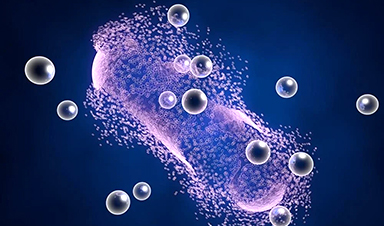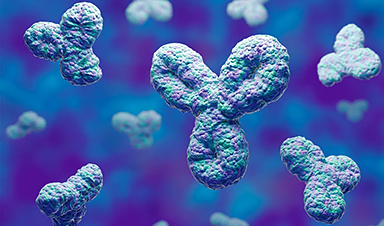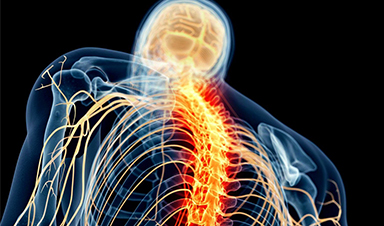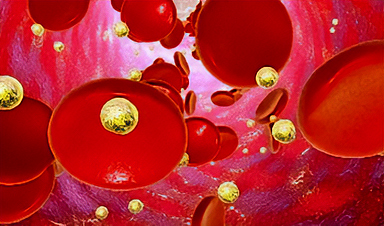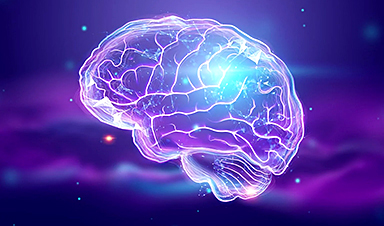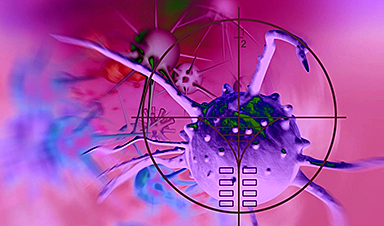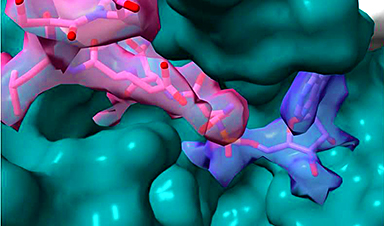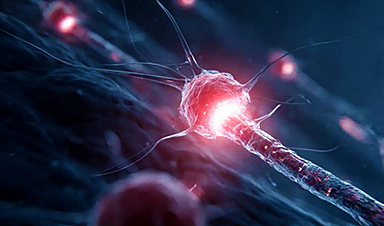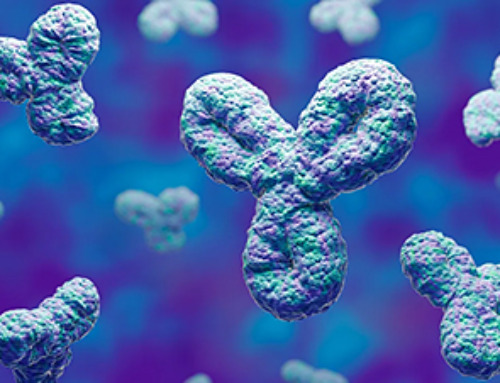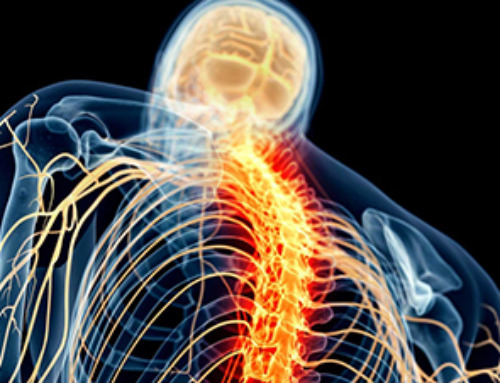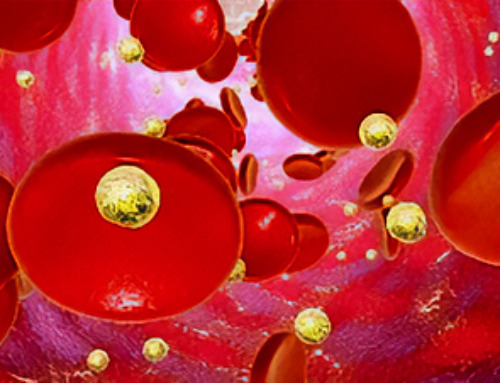Silver-based nanoparticle presence in everyday items has surged over the past decade. Silver is an efficient antibacterial agent but can harm the environment. A study published in the journal iScience aims to discern the relationship between microbial activity and silver, providing a means for limiting the unintended environmental impact of silver-based nanoparticles
Silver – An Effective Antibacterial Agent
Silver’s antimicrobial qualities have been known for centuries. Silver containers were revered for their capacity to keep dairy items from spoiling, and the Greeks employed silver creams to treat wound infections. Several commercial goods now use silver, although in a much more effective form.
Silver-based nanoparticles used in fabrics are advertised for their excellent resistance to odors. Medical supplies are readily layered with silver-based nanoparticles to restrict the growth of bacteria. Similarly, silver-based nanoparticles used in paints, countertops, and toys promise long-lasting antimicrobial characteristics.
Effects of Silver Nanoparticles on the Ecosystem
The generation of silver-based nanoparticles currently exceeds 600 metric tons, with most of it contaminating the environment through wastewater and solid waste.
The uncontrolled exposure to silver-based nanoparticles is a rising issue since these nanoparticles may harm naturally existing bacteria, marine environments, and even human health. Therefore, the modification of silver-based nanoparticle toxicity may contribute to enhanced antimicrobial technology and may limit undesirable environmental consequences after disposal.
Controlling silver-based nanoparticle toxicity necessitates controlling nanoparticle dissolution. The duration of this dissolution process is defined by parameters such as pH, the amount of sulfide, dissolved oxygen, the quantity of natural organic matter, and ambient light.
Manipulating Silver’s Toxicity
Silver ions are hazardous to bacteria as they may attach to various proteins, causing their activities to be disrupted. When these silver ions are discharged due to particle breakdown, they account for the majority of the antibacterial activity of silver nanoparticles. No harm is found when all of the oxygen is removed.
Antimicrobial action may be significantly boosted if nanoparticle breakdown is encouraged by acidification. Attempting to manipulate the dissolution of silver-based nanoparticles by changing the aqueous-based solution, on the other hand, might be a daunting prospect for regulating the nanoparticle’s complete existence.
Structure-Activity Relationship (SAR)
The next logical progression in the research of silver-based nanoparticles is to develop a structure-activity relationship (SAR). The optimal SAR would use the structural properties of a silver-based nanoparticle, such as the particle’s dimensions, as input and forecast the dissolution of silver as well as antibacterial activity.
The nanoparticles themselves pose a problem in producing such data. The most common techniques for producing silver-based nanoparticles produce materials with uncontrolled surface characteristics, size, and shape—the accuracy of the activity-structure relationships is reduced.
Basis of the Research
The link between silver-based nanoparticle architecture, silver dissolution, and silver’s antibacterial action was defined by the team. Several synthetic approaches were created or changed to create a massive collection of nanoparticles with individually adjusted surface chemistries, dimensions, and shapes.
The collection of nanoparticles allowed the team to untangle the effect of each variable on the dissolution, demonstrating the link between structural factors and dissolution performance unequivocally.
The team investigated the dynamics and equilibrium behavior of silver-based nanoparticle dissolution utilizing conventional techniques to obtain numerical data for structural characteristics comparison. The team also assessed the antimicrobial ability of similar samples.
Results of the Study
Utilizing a collection of silver-based nanoparticles customized to demonstrate a broad variety of surface chemistries, sizes, and shapes, this study evaluated how silver-based nanoparticle properties affect antibacterial effectiveness and their environmental effect.
The team highlighted that when there is a greater surface area of silver accessible, there is more dissolved silver. Similarly, the team ascertained that tiny particles dissolve to a higher degree than bigger particles for a similar mass fraction of silver, as expected by their proportionately greater surface areas.
For almost all substances, the dissolution rate was proportionate to the amount of dissolution; the nanoparticles that dissolved quicker also dissolved to a greater degree.
The team concluded that these discoveries offer new insight into silver’s chemistry at the nanoscale, and help to make room for the effective and safe usage of silver-based nanoparticles.
News
Specially engineered antibody delivers RNA therapy to treatment-resistant tumors
Elias Quijano, PhD; Diana Martinez-Saucedo, PhD; Zaira Ianniello, PhD; and Natasha Pinto-Medici, PhD, there are 25 other contributors, most from Yale's Department of Therapeutic Radiology and from the departments of genetics, molecular biophysics and [...]
Vaccinated women face fewer cervical cancer risks
New data from Denmark shows the HPV vaccine’s powerful long-term impact, while also revealing why cervical cancer screening is still essential. A Danish study published in the journal Eurosurveillance reports that women who received the human [...]
3D-printed implant offers a potential new route to repair spinal cord injuries
A research team at RCSI University of Medicine and Health Sciences has developed a 3-D printed implant to deliver electrical stimulation to injured areas of the spinal cord, offering a potential new route to [...]
Nanocrystals Carrying Radioisotopes Offer New Hope for Cancer Treatment
The Science Scientists have developed tiny nanocrystal particles made up of isotopes of the elements lanthanum, vanadium, and oxygen for use in treating cancer. These crystals are smaller than many microbes and can carry isotopes of [...]
New Once-a-Week Shot Promises Life-Changing Relief for Parkinson’s Patients
A once-a-week shot from Australian scientists could spare people with Parkinson’s the grind of taking pills several times a day. The tiny, biodegradable gel sits under the skin and releases steady doses of two [...]
Weekly injectable drug offers hope for Parkinson’s patients
A new weekly injectable drug could transform the lives of more than eight million people living with Parkinson's disease, potentially replacing the need for multiple daily tablets. Scientists from the University of South Australia [...]
Most Plastic in the Ocean Is Invisible—And Deadly
Nanoplastics—particles smaller than a human hair—can pass through cell walls and enter the food web. New research suggest 27 million metric tons of nanoplastics are spread across just the top layer of the North [...]
Repurposed drugs could calm the immune system’s response to nanomedicine
An international study led by researchers at the University of Colorado Anschutz Medical Campus has identified a promising strategy to enhance the safety of nanomedicines, advanced therapies often used in cancer and vaccine treatments, [...]
Nano-Enhanced Hydrogel Strategies for Cartilage Repair
A recent article in Engineering describes the development of a protein-based nanocomposite hydrogel designed to deliver two therapeutic agents—dexamethasone (Dex) and kartogenin (KGN)—to support cartilage repair. The hydrogel is engineered to modulate immune responses and promote [...]
New Cancer Drug Blocks Tumors Without Debilitating Side Effects
A new drug targets RAS-PI3Kα pathways without harmful side effects. It was developed using high-performance computing and AI. A new cancer drug candidate, developed through a collaboration between Lawrence Livermore National Laboratory (LLNL), BridgeBio Oncology [...]
Scientists Are Pretty Close to Replicating the First Thing That Ever Lived
For 400 million years, a leading hypothesis claims, Earth was an “RNA World,” meaning that life must’ve first replicated from RNA before the arrival of proteins and DNA. Unfortunately, scientists have failed to find [...]
Why ‘Peniaphobia’ Is Exploding Among Young People (And Why We Should Be Concerned)
An insidious illness is taking hold among a growing proportion of young people. Little known to the general public, peniaphobia—the fear of becoming poor—is gaining ground among teens and young adults. Discover the causes [...]
Team finds flawed data in recent study relevant to coronavirus antiviral development
The COVID pandemic illustrated how urgently we need antiviral medications capable of treating coronavirus infections. To aid this effort, researchers quickly homed in on part of SARS-CoV-2's molecular structure known as the NiRAN domain—an [...]
Drug-Coated Neural Implants Reduce Immune Rejection
Summary: A new study shows that coating neural prosthetic implants with the anti-inflammatory drug dexamethasone helps reduce the body’s immune response and scar tissue formation. This strategy enhances the long-term performance and stability of electrodes [...]
Scientists discover cancer-fighting bacteria that ‘soak up’ forever chemicals in the body
A family of healthy bacteria may help 'soak up' toxic forever chemicals in the body, warding off their cancerous effects. Forever chemicals, also known as PFAS (per- and polyfluoroalkyl substances), are toxic chemicals that [...]
Johns Hopkins Researchers Uncover a New Way To Kill Cancer Cells
A new study reveals that blocking ribosomal RNA production rewires cancer cell behavior and could help treat genetically unstable tumors. Researchers at the Johns Hopkins Kimmel Cancer Center and the Department of Radiation Oncology and Molecular [...]
